I have to remind myself from time to time that the snowmobile industry is a “mature” sport. No matter what you choose to believe regarding who built it or when it happened, the snowmobile has been around for a long time. In fact, if you give the nod to Carl Eliason and his Motor Toboggan which debuted in 1924, the over-the-snow-machine we love so much just celebrated its 100th year this past winter.
I have to admit, I love the simplicity and ingenuity of the old rear-engine sleds, but when it comes to the dawn of the “modern” snowmobile, the Arctic Cat Model 100 is the one I like to point to for helping usher-in the sport we all know today. Thus, as the numbers are tallied from the final day to spring order a new 2025 Arctic Cat snowmobile, I thought it would be a good time to look back and see how we got here.
The following article was part of a Time Machine series that my friend Jim Urquhart and myself pulled together when I was editor of On Snow Magazine. Jim is a long-time industry writer and a past editor at SnowGoer, SnowWeek, and founder of Sno-X magazine who continues to work in the industry on the OEM side of the table.
While I know there are several perfectly restored Model 100 sleds in the hands of collectors that we could have photographed, I love a survivor. When I look at the details of this Model 100, every scar, dent, and battle wound has a story to tell. Enjoy…
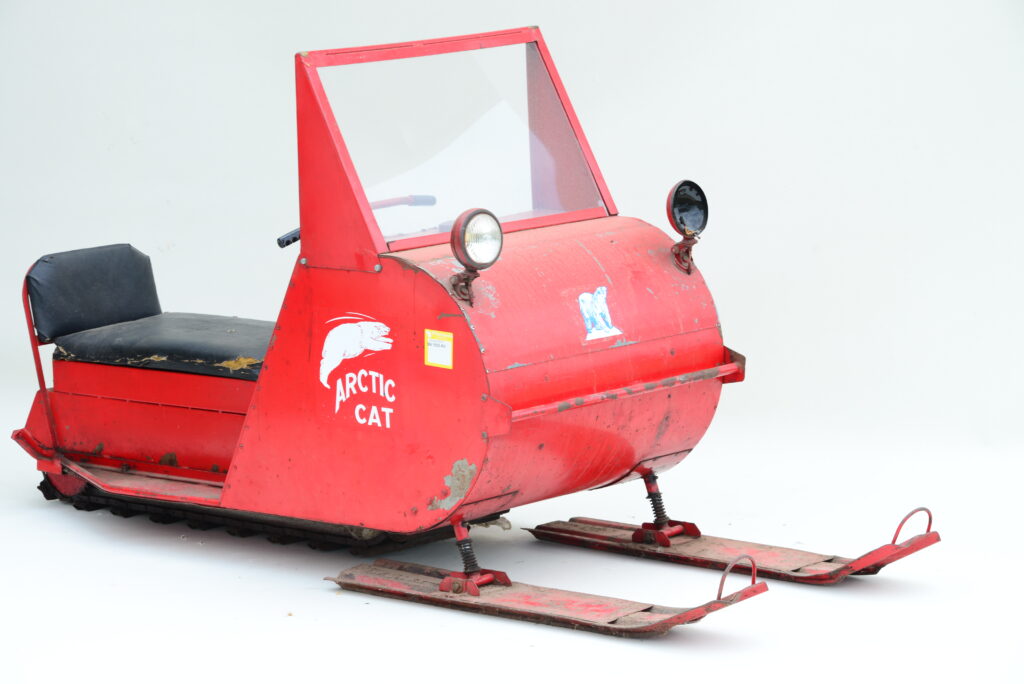
Some five years before founding Arctic Cat and nearly a decade before the snowmobile in these photos was built, Edgar Hetteen set eyes on a snowmobile for the first time…and he didn’t like it. His brother-in-law and business partner, David Johnson at Hetteen Hoist and Derrick in Roseau, Minnesota, had built a crude snow machine for a customer who wanted a “gas powered sled.” This was 1955 and Johnson had little to work from, save the idea it should be track driven and steered via skis. He built it, and the customer was happy. Hetteen hated it, thought it had been a waste of time and, in his words, he “wanted no more of it.” But when Pete Peterson handed the guys a check for the sled Hetteen began to change his mind. Then a second request for a snow machine came in. Maybe there was something here after all?
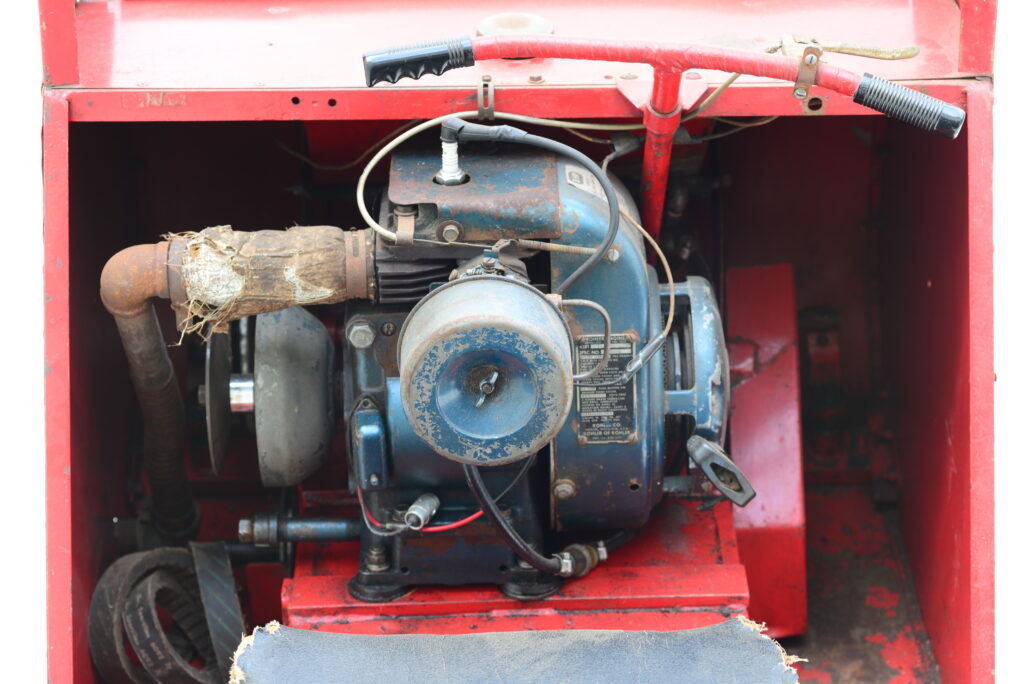
A few years later the company had changed its name to Polaris Industries and was building 300 snow machines. Hetteen Hoist and Derrick had struggled to compete with its hay cutting machines with larger industrial manufacturers in the “big city”, but with the snow machine Hetteen realized he had stumbled upon a product no one else was building and he was in the perfect place to build and develop it – cold, snowy Northern Minnesota. He plunged himself into the business and soon had a niche selling to linesmen, trappers, and others looking for a way to travel across snow to do their jobs.
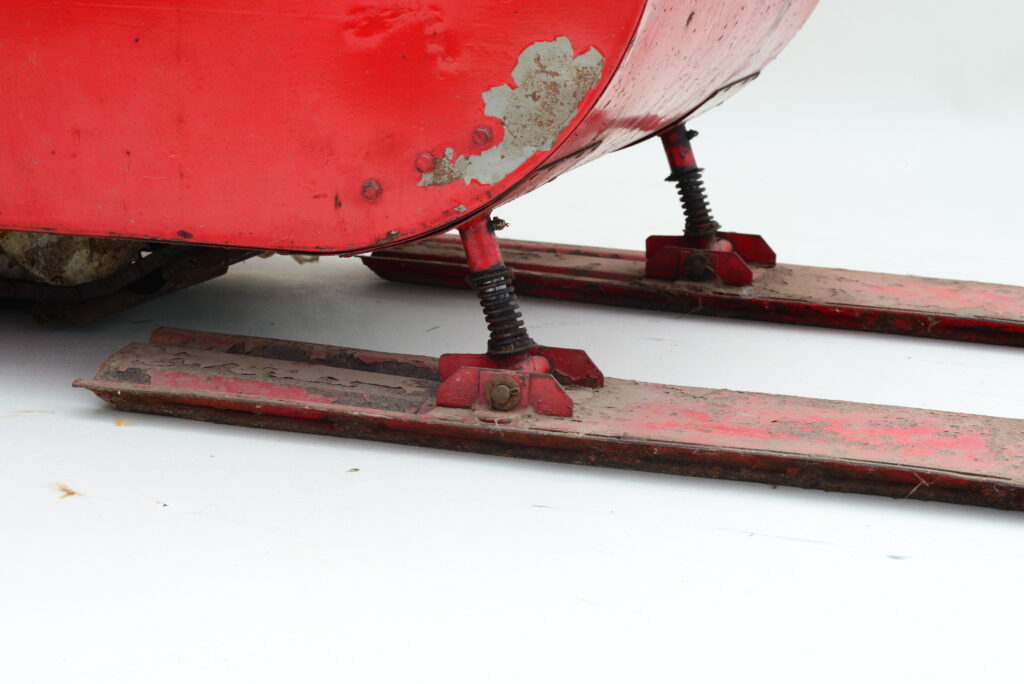
Hetteen realized if he was going to really sell his machines he would need to expand out of the limited utility market. Snow machines were unheard of at the time, and most people saw winter as a cold, snowy time spent waiting for summer to return. In March of 1960 Hetteen planned a trip across Alaska to try and draw attention to the fun aspect of his snow machines. The 1200-mile trip took 18 days and was documented by Rudy Billberg, who referred to the snow machines as “cats” in his diary; a term that would later come to define machines Hetteen would build. Hetteen returned to Roseau not to a hero’s welcome, but to criticism. Polaris’ management did not understand why Hetteen was off on a crazy ride across Alaska when there was so much work to be done in the factory. The temperamental Hetteen promptly sold his controlling stake in the company and went back to Alaska to be a bush pilot.
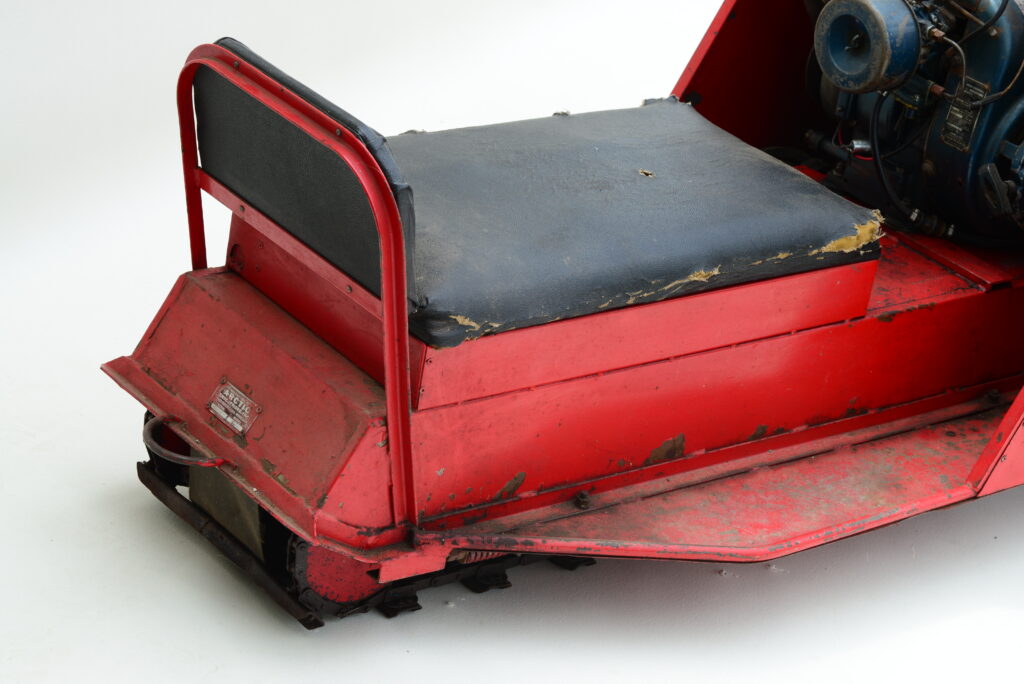
However, before he left, he was approached by a small group of businessmen from Thief River Falls, another small town about 65-miles south of Roseau. They wanted him to move his business to their town and wanted to pay him to do it. While in Alaska, Hetteen took odd jobs at airstrips and struggled with depression after an employment test he took came back saying he really wasn’t qualified to do anything. Soon he called the businessmen in Thief River Falls wanting to know if their offer was still good and would they be interested in backing him in a new company? The answer was yes, and on January 2, 1961, he opened the doors to Polar Manufacturing.
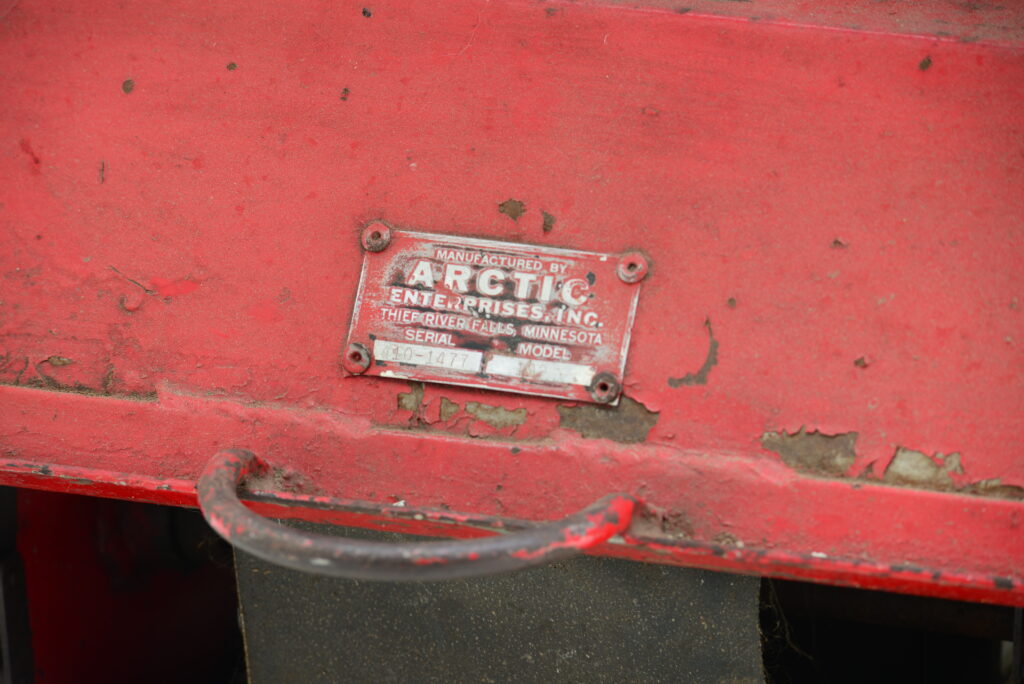
Polar began producing a few odd products such as a steam cleaner and something called a Bug-O-Vac, but within a year it was also pumping out a snow machine, the Polar 500. The Polar 500 was a rear engine sled built from steel tubing with a wheel/ski combination up front and was powered by a 9.5-horsepower Kohler engine. The 500 was billed as an “all-season machine” in ads, but like the sleds built at Hetteen’s former company was track-driven.
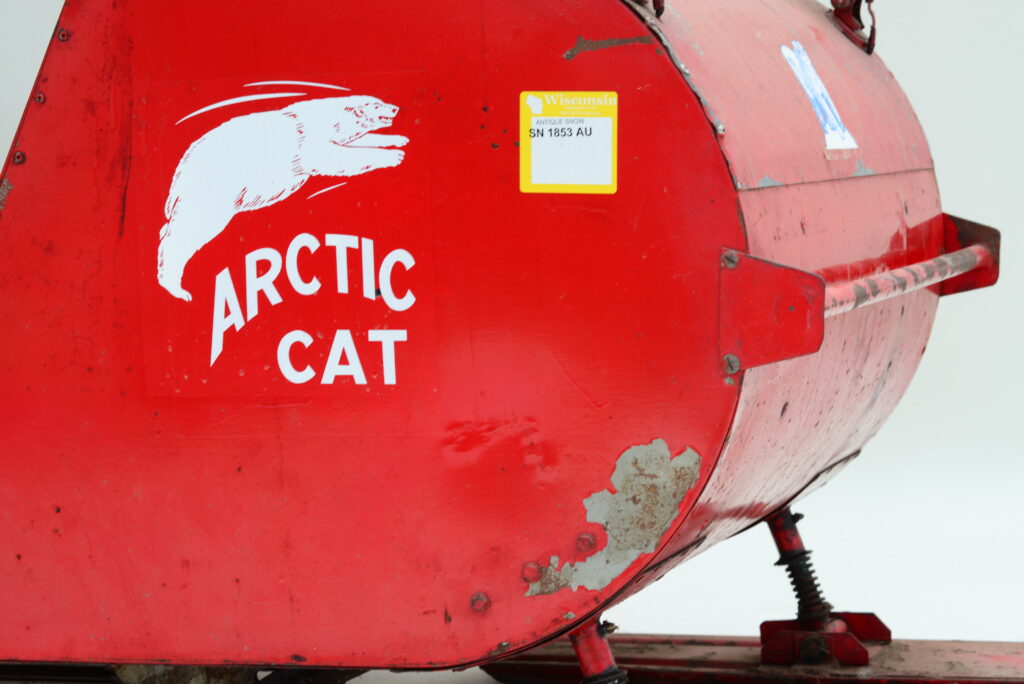
Polar Manufacturing changed its name to Arctic Enterprises in 1962, and it was in the spring of that same year the company produced the Model 100, its first sport snow machine. This sled went along with Hetteen’s vision of the snow machine as a recreational vehicle. That first Model 100 was referred to as the “Tin Lizzie” by Hetteen and, as the first machine produced after the name change from Polar Industries, is considered the first Arctic Cat.
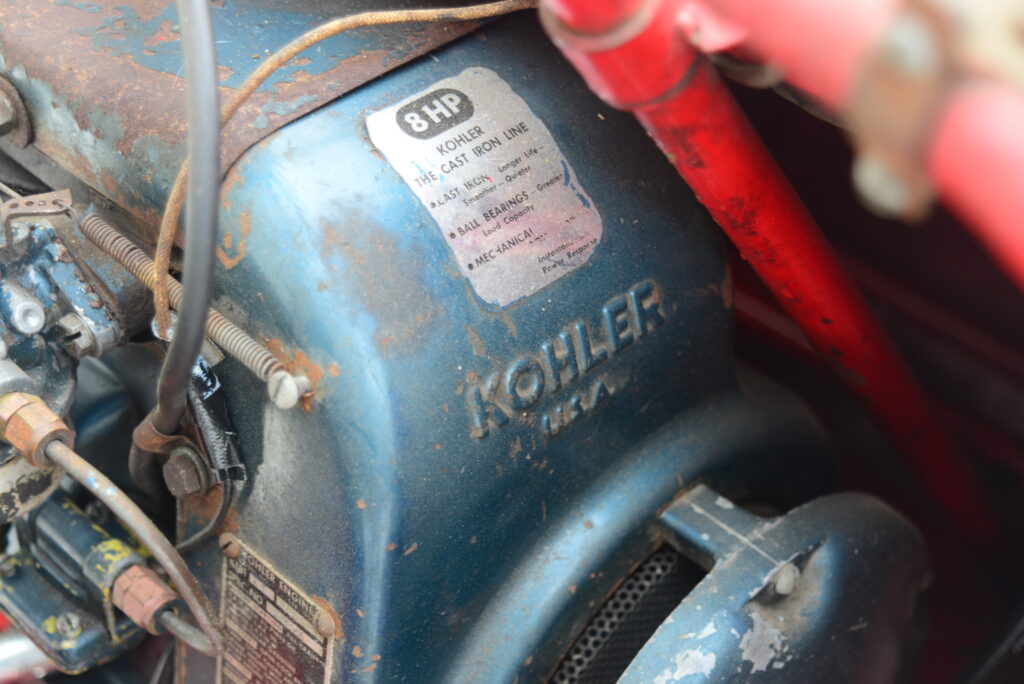
The next year, 1964, Arctic produced 188 Model 100s, by far the most of any single model in the Arctic lineup that year, showing the company’s commitment to the fun aspect of the blossoming business. In fact, Arctic went from selling 20 machines the first year to selling 700 the second year and those sales numbers are largely because of the Model 100. Its small size and sporty look intrigued customers and made it easy for Arctic’s salesmen to cart the sled around and demonstrate it to potential buyers and dealers.
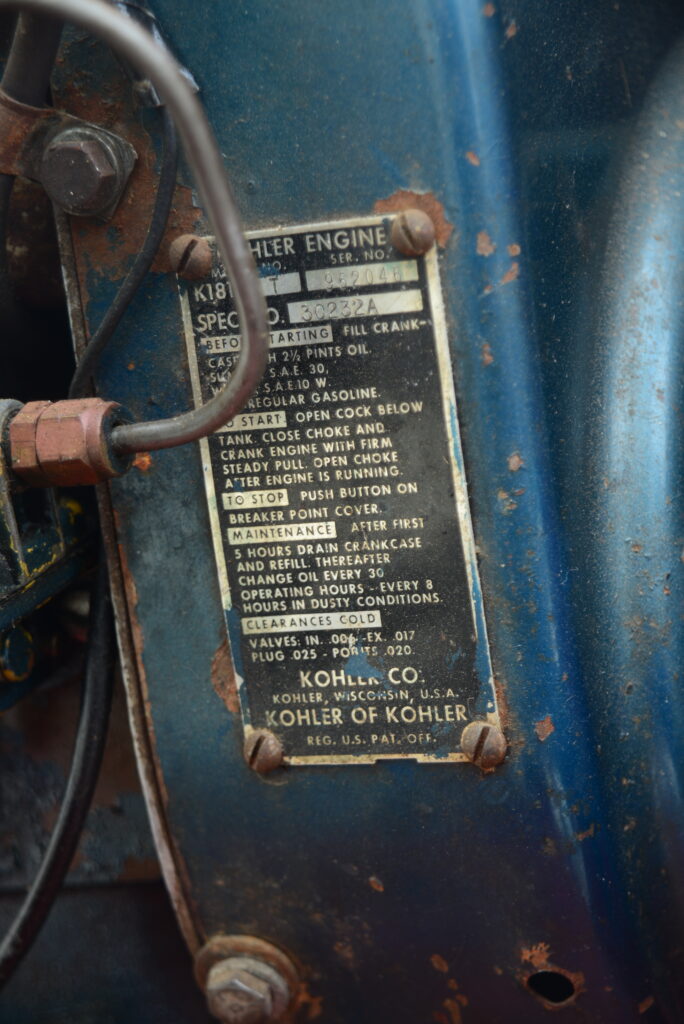
The Model 100 was powered by a 7-horsepower Kohler engine and had centrifugal clutches just like the sleds of today. For whatever reason, this Model 100 has an 8-horsepower Kohler. Maybe it was upgraded by a previous owner or maybe it snuck out of the factory with an engine originally destined for a different model since the 100D, 101D and 170 models all came with 8-horsepower engines. Hetteen’s vision of the snow machine as a recreational machine ultimately proved correct. A few short years after the first Model 100s left the factory, the majority of snowmobiles built would be sport models, a trend that continues to this day. Perhaps more than any other, this sled symbolizes that vision. When these photos were taken the sled was owned by Rich Pederson and was on display in his personal collection he calls the Zed Shed.


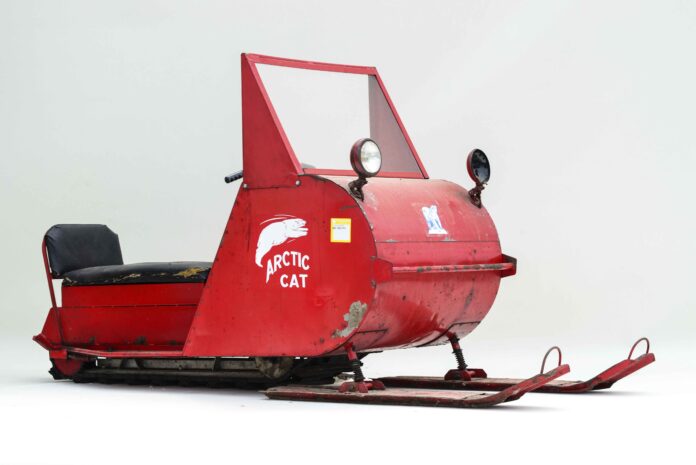
What a great article. Learned so much about this sled. Thanks!
We had one. My father sold mobile homes and someone brought one to trade in. My dad never saw one before so he was unsure he wanted it. He called his brother in law who was a sportsman. My uncle convinced my dad by telling him he would go halvsies.
It definitely was a groomed trail machine. I took it into some deep snow a few times and it was a beast for a young teen to get free from being bogged down.
Thanks for the history! My dad and uncle are both gone now, but plenty of great memories remain.
Yes, a good read. Some points about Edgar that i didn’t know. Like the part about him leaving Polaris to be a bush pilot. Probably mentioned in his book Breaking Trail which i still haven’t read.
8hp Kohlers will run for decades if
Properly maintained. Ironically that was their main problem. lol. Other than carb cleaning and oil changes and plugs and valve adjustment once in a while. They never died until several years had gone by. Cold starting them in Panthers was educational for a young boy. Built muscles rolling that 305cc thumper over on a minus 10 degree morning. We dubbed the 1967 Panther I drove Chitty Chitty Bang Bang.. great kids sled!